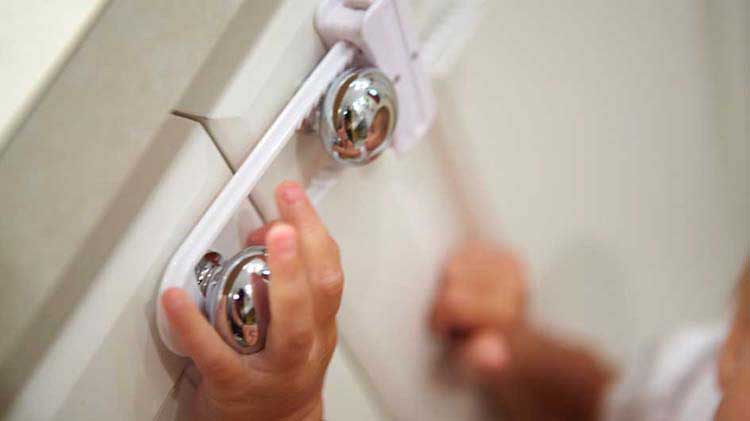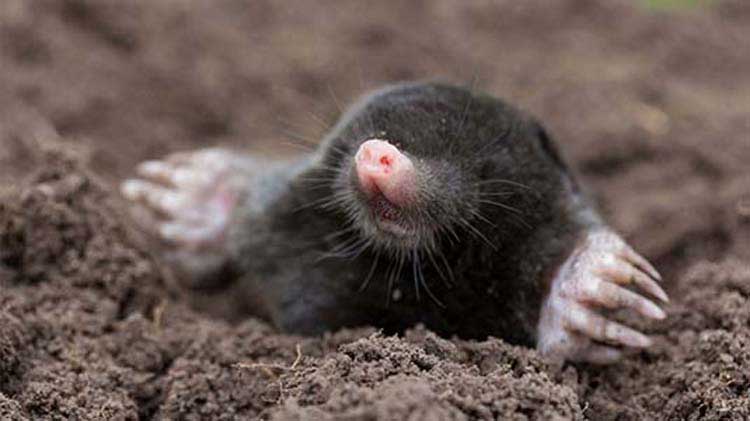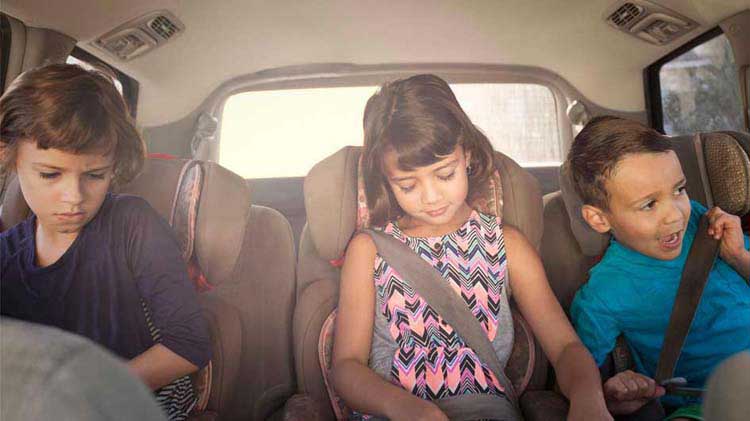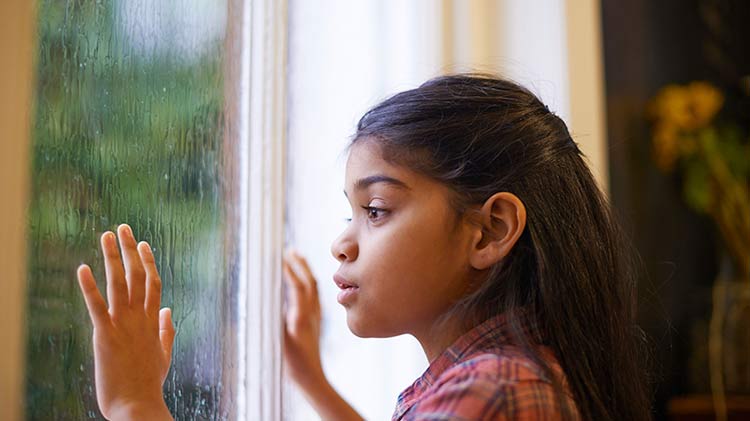How to prevent pediatric burns
Children can get burned in numerous ways. Here are steps you can take to prevent pediatric burns.
Young children learn by touching — a danger when it comes to heated items in your home. Help keep your kids safe with these tips for pediatric burn injury prevention.
Top pediatric burn causes
- Wet heat: Contact with hot liquids, foods or drinks, bathwater, steam and cooking liquids
- Hot metals: Contact with a hot stove, heating device, flames and curling or straightening irons
- Chemicals: Swallowing or spilling drain cleaner or bleach onto the skin
- Electricity: Biting electrical cords or sticking fingers and other objects into electrical outlets
- Open flame: Fireplaces, grills, trash fires, outdoor fire pits, lighters and matches
Preventing pediatric burns
- Turn water heater temperature down. Keeping your water heater temperature below 120° Fahrenheit will help prevent hot water scalds and burns.
- Avoid too-hot baths. Bathwater temperature should be around 100° Fahrenheit. Always test the water with your hand before your child gets in.
- Establish "no" zones. Make space heaters, hot water heaters, stoves and fireplaces inaccessible to small children, and put child safety covers on electrical outlets. Remind kids frequently that these "no" zones are hot and very dangerous.
- Test food temperature before serving. Microwaves often heat food and liquids to very high temperatures. Microwaves also heat food unevenly, so be sure to check the food temperature in several places before serving.
- Practice stove safety. When cooking, use the back burners and keep pot and pan handles away from the stove's edge to prevent them from getting pulled down. Never leave the stove unattended when it's on.
- Lock away dangerous items. Keep flammable liquids, harsh cleaning chemicals, and matches or lighters far away from a young child's reach in a locked drawer or cabinet.
In the event of a fire in your home it's important to have a plan in place. Rehearsing the plan with your children could help them be prepared in case of a fire emergency.




